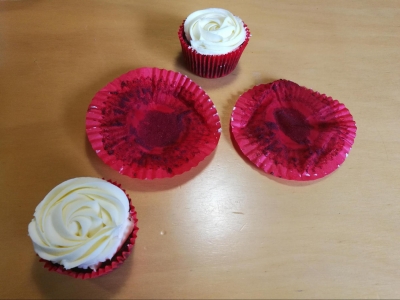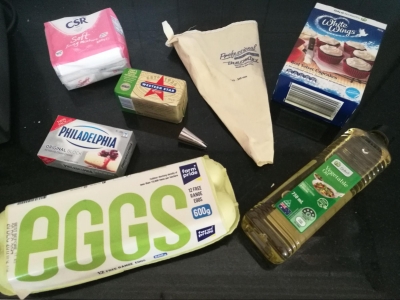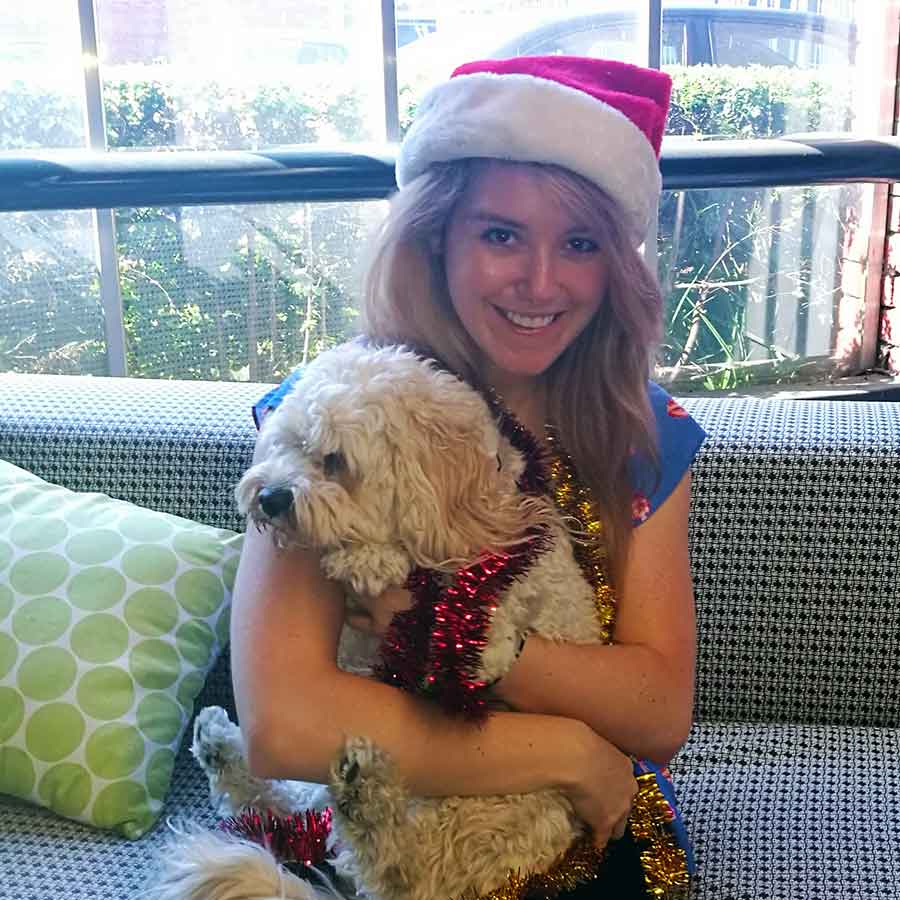
A hypothesis is a proposed explanation that describes an observable phenomenon (i.e., this is a thing that happens) that enables predictions about a relationship (i.e., when that happens, this thing happens).
A good hypothesis can help us to design our research effectively so that we can:
- More easily identify what it is we want to find out, and
- Can draw the most insightful conclusions.
Ingredients
- A research aim, a theory, or a research question
- A dependent variable (DV; the thing you want to measure, your outcome variable)
- An independent variable (IV; the thing that influences your dependent variable)
- Operational terms (variables are measurable/quantifiable, or observable)
- A null hypothesis (the hypothesis of no effect/no difference/no relationship)
- Confounds (variables that might affect your DV, but are not your IV
Method
Take your research aim, your theory, or maybe your research question and identify what it is that you want to measure, i.e., what do you want the outcome to be for your users? Maybe your outcome is that you want users to be able to find the information they are looking for, maybe you want them to perform a certain action (like making a purchase, engaging with your organisation, filling in a form), maybe your outcome is simply to facilitate a positive user experience.
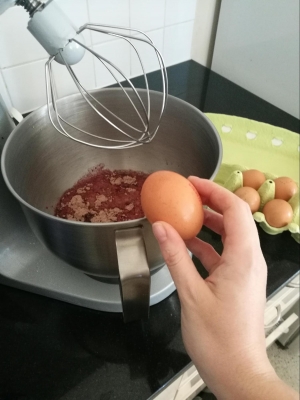
Let’s say that your research is about some updates and changes to your organisation’s website…
Hypothesis so far: The change we are making will lead to a more positive user experience.
Next, you identify your independent variable. This is the thing that you think has an effect on your dependent variable, and it’s something you can change/manipulate in a research setting. This might be a new design feature, adding tool tips, a progress indicator, or more information above the fold that could affect your dependent variable.
Hypothesis so far: The addition of a social media authentication process will lead to a more positive user experience.
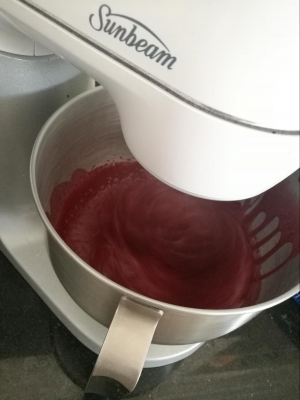
Then, you need to mix in some operationalising, i.e., removing any vagueness in your variables. In order to do this, you need to make sure your variables are quantifiable or observable. This makes your research testable and objective. A DV of ‘a better user experience,’ for example is too vague, whereas ‘a higher SUS score’, ‘higher task success rate,’ ‘more positive evaluations of the purchase/sign-up process’ are better because these are things you can actually measure.
Hypothesis so far: The addition of the social media authentication process in the new design will lead to a higher SUS score, and more positive evaluations of the sign-up process, compared to the design without social media authentication.
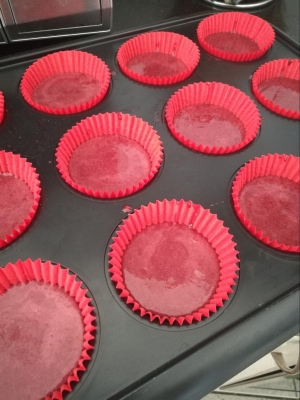
Once you have your hypothesis, you need to put it to the test by trying to derive an equivalent ‘null hypothesis’. This is the equivalent hypothesis of no effect, no difference, or no relationship. One of the key criteria for a hypothesis to be scientific is that it needs to be falsifiable, so if your hypothesis does not have an equivalent null hypothesis, it is not a true hypothesis.
Null hypothesis: The addition of the social media authentication process in the new design will yield no difference in SUS score, or evaluations of the sign-up process, compared to the design without social media authentication.
Finishing touches
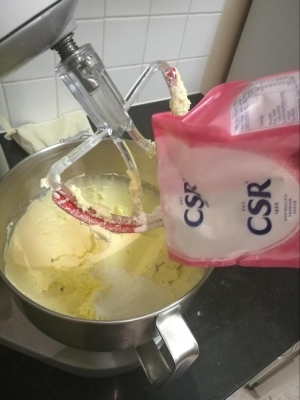
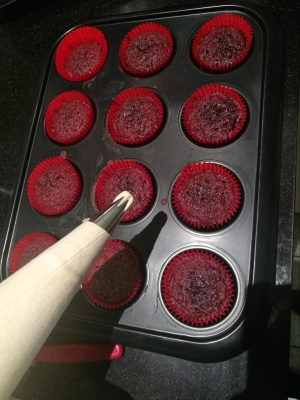
When you conduct your research, you want to be able to conclude that any observed differences in your DV were due to your IV, and not other things.
These ‘other things’ are called confounds (or confounding variables). These aren’t variables that are explicitly stated in your hypothesis, but you need to think about them in order to design good research. These are any variables that might affect your DV, that aren’t your IV. You need to identify them so that you can factor them into your research design for the purposes of later ruling them out.
An example of a confound might include demographics. Let’s say more people could add products to their cart in an updated design of an app. However, the research with the updated design was conducted with exclusively younger people, so we don’t know whether our outcome that more people could add to their cart was due to the updated design, or the age of the research participants. In order to fix this, the research would need to be conducted with individuals of different ages.
Once you have created your hypothesis and thought about possible confounds, you are ready to design and conduct effective and efficient research!
